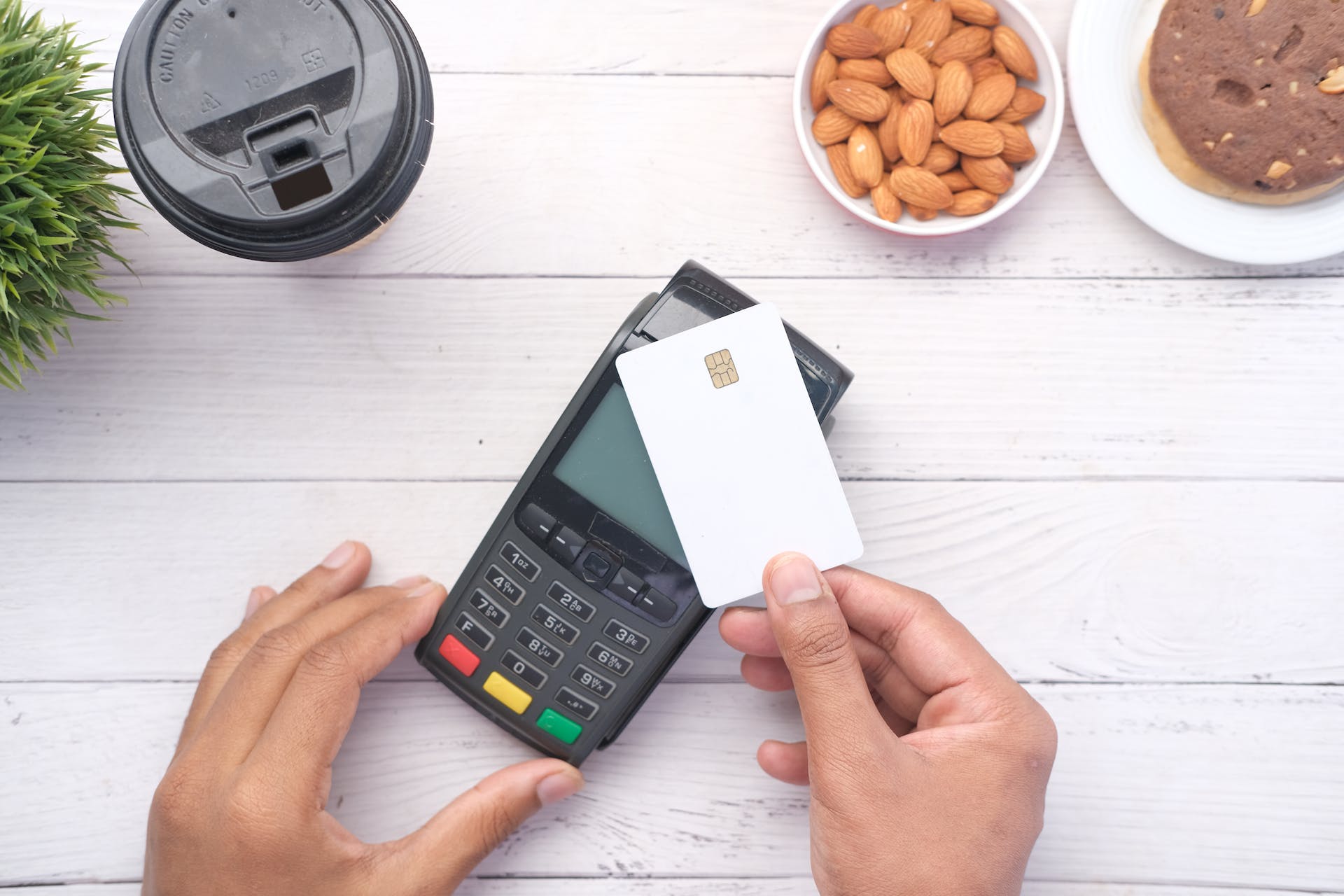The rapid evolution of how consumers make transactions has transformed the retail sector. We are rapidly moving not just to a cashless society but beyond this into a cardless society.
This is a seismic shift that has seen the sector adopt increasingly innovative payment and POS systems as it adapts to the changing landscape. These innovations are not just enhancing transaction efficiency but are also reshaping customer experiences and business operations.
For retailers, exploring the latest trends can give them valuable insights into the impact and opportunities they present.
Cloud-Based POS Systems
Cloud-based POS systems represent a significant leap forward in retail technology, offering a more flexible and scalable approach to managing sales transactions. Unlike traditional systems, these modern solutions store data on remote servers, providing real-time access from any location.
Among the benefits to retailers are:
- Scalability: Easily adapts to the growing needs of a business, allowing for seamless expansion without the need for extensive hardware upgrades.
- Remote Access and Management: Enables business owners and managers to access sales data, inventory, and customer information from anywhere, enabling better decision-making and operational efficiency.
- Real-Time Data Synchronization: Ensures that all transaction data is updated instantly across all platforms, enhancing accuracy and providing valuable insights for inventory and sales strategies.
Cloud-based systems are revolutionising how retailers interact with data. These can work with all forms of POS systems, including in-store POS, online, and mobile.
Mobile POS Solutions
The mobile business sector was traditionally associated with a large number of cash transactions. However, according to the UK Financial Conduct Authority, by 2028, fewer than 1-in-10 transactions will be made using cash.
Addressing this change is essential for many mobile businesses. This is where mobile POS solutions are changing the game.
For mobile businesses, these offer:
- Enhanced Customer Experience: Facilitates quick and efficient service, reducing wait times and improving customer satisfaction.
- Portability and Flexibility: Allows for sales transactions in diverse locations, from retail floors to outdoor markets, enhancing business reach and versatility.
- Easy Integration with Other Systems: Seamlessly connects with inventory, accounting, and CRM systems, providing a holistic view of business operations.
POS solutions should be all about convenience, not just for the customer but for the retailer, too. Mobile POS solutions are a testament to the innovative approach that is helping to achieve these goals.
Integration and Data Analytics
Data has moved from being a useful resource to an invaluable business asset. However, understanding the patterns in this data, often from disparate sources, is a massive challenge.
The integration of POS systems with data analytics is helping to untangle this web and gain meaningful and actionable insights from sales data.
Among the ways businesses can benefit from this trend are:
- Informed Decision-Making: By analysing sales data, customer preferences, and inventory levels, businesses can make data-driven decisions to enhance efficiency and profitability.
- Streamlined Operations: Integration with various business systems, such as inventory management and CRM, leads to streamlined operations, reducing errors and saving time.
- Customer Insights: Collecting and analysing customer data helps in personalising the shopping experience, leading to increased customer loyalty and repeat business.
The synergy between POS integration and data analytics is transforming how businesses understand their operations and customers, leading to more targeted and effective business strategies.
Contactless Payments: NFC and QR Codes
The rise of contactless payments, particularly through NFC (Near Field Communication) and QR codes, has transformed the speed and efficiency of the checkout process.
This convenience is reflected in the growing number of consumers adopting contactless payments in the UK. According to figures from Statista, in 2022 there were 14 million users of contactless payment technology, a figure that is expected to rise to 16 million by 2026.
Among the key features of this trend are:
- Speed and Convenience: Contactless payments significantly reduce transaction time, offering a quick checkout experience that customers appreciate.
- Enhanced Security: With advanced encryption and tokenisation, NFC and QR code transactions provide a higher level of security compared to traditional payment methods.
- Adaptability to Consumer Trends: These technologies cater to the growing preference for digital wallets and mobile payments, meeting the demands of tech-savvy consumers.
The adoption of contactless payment methods like NFC and QR codes is not just a trend but a reflection of the evolving payment landscape.
The Road Ahead for POS Innovation
POS technology has moved from being a method of accepting payments to an essential business multi-tool. The latest generation of innovative solutions is taking the premise of this to a new level.
These advancements are not just about facilitating transactions; they are reshaping the entire customer experience and providing businesses with powerful tools for data analysis, operational efficiency, and strategic growth.


